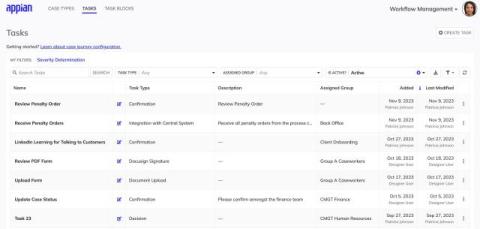Supply Chain Best Practices for Pharmaceutical Operations
Due to market pressures and disruptions, life sciences organizations need to reexamine their supply chain operations and how to more safely and efficiently bring products to market. However, deciding where to begin implementing change can be daunting. Here are some best practices for achieving streamlined end-to-end supply chain orchestration.











